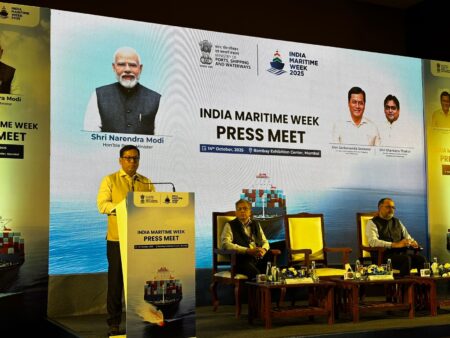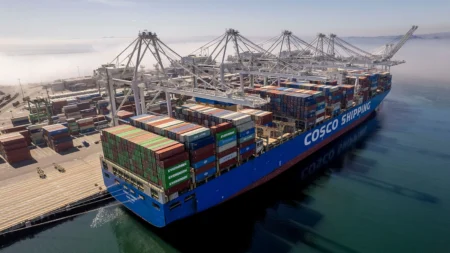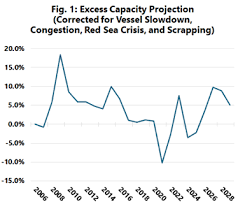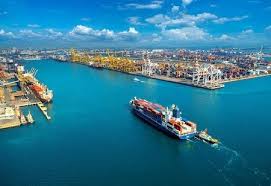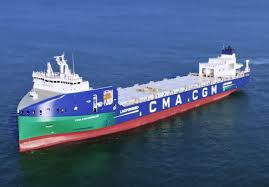India’s Coastal Shipping Bill seeks to expand domestic water transport, enhancing cost and eco-efficiency in trade logistics.
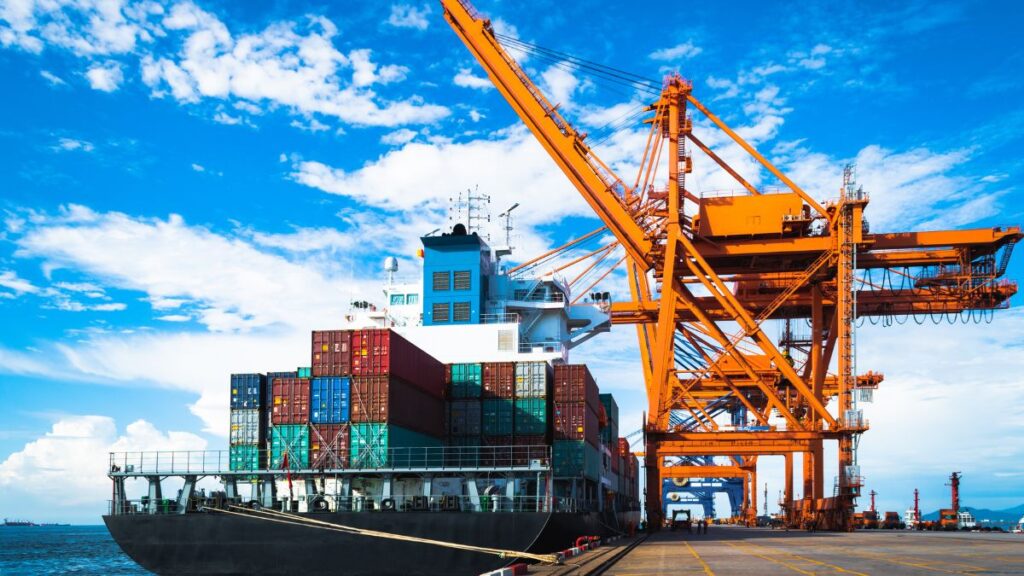
India, with its 7,500 km coastline and over 14,000 km of navigable inland waterways, has yet to fully tap into its potential for water transport, which currently represents only 6.4 percent of the nation’s trade logistics.
In contrast, nations like China, Australia, and Germany allocate 24 percent, 17 percent, and 11 percent of their trade logistics to waterways, respectively. India’s new Coastal Shipping Bill, recently approved by the Cabinet, aims to address this gap by fostering greater domestic vessel use and reducing dependency on foreign-flagged ships.
The bill proposes eliminating licensing requirements for Indian vessels in coastal waters, while mandating this for foreign vessels, thereby encouraging domestic flagging and vessel production. Additionally, the bill seeks to align coastal shipping with inland water transport and establish a “national coastal and inland shipping strategic plan” to boost infrastructure, modernise fleets, and identify new trade routes.
Despite the promising framework, challenges remain, such as fluctuating freight rates and rising fuel costs. Nonetheless, the bill offers a potential turning point for India’s maritime economy.






